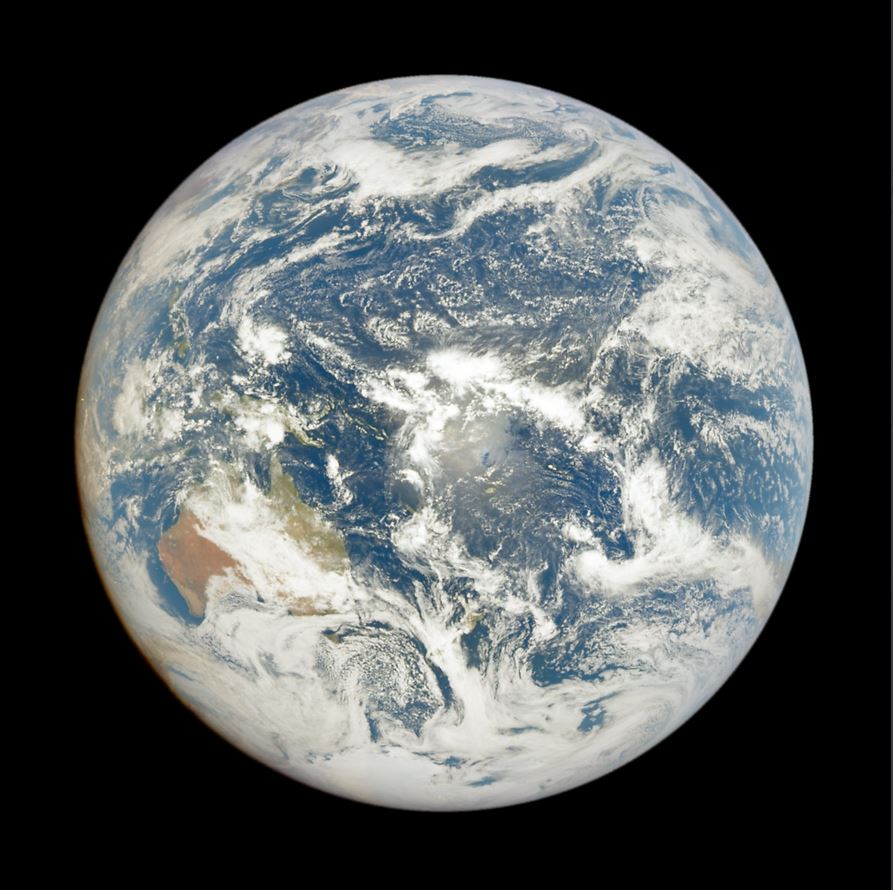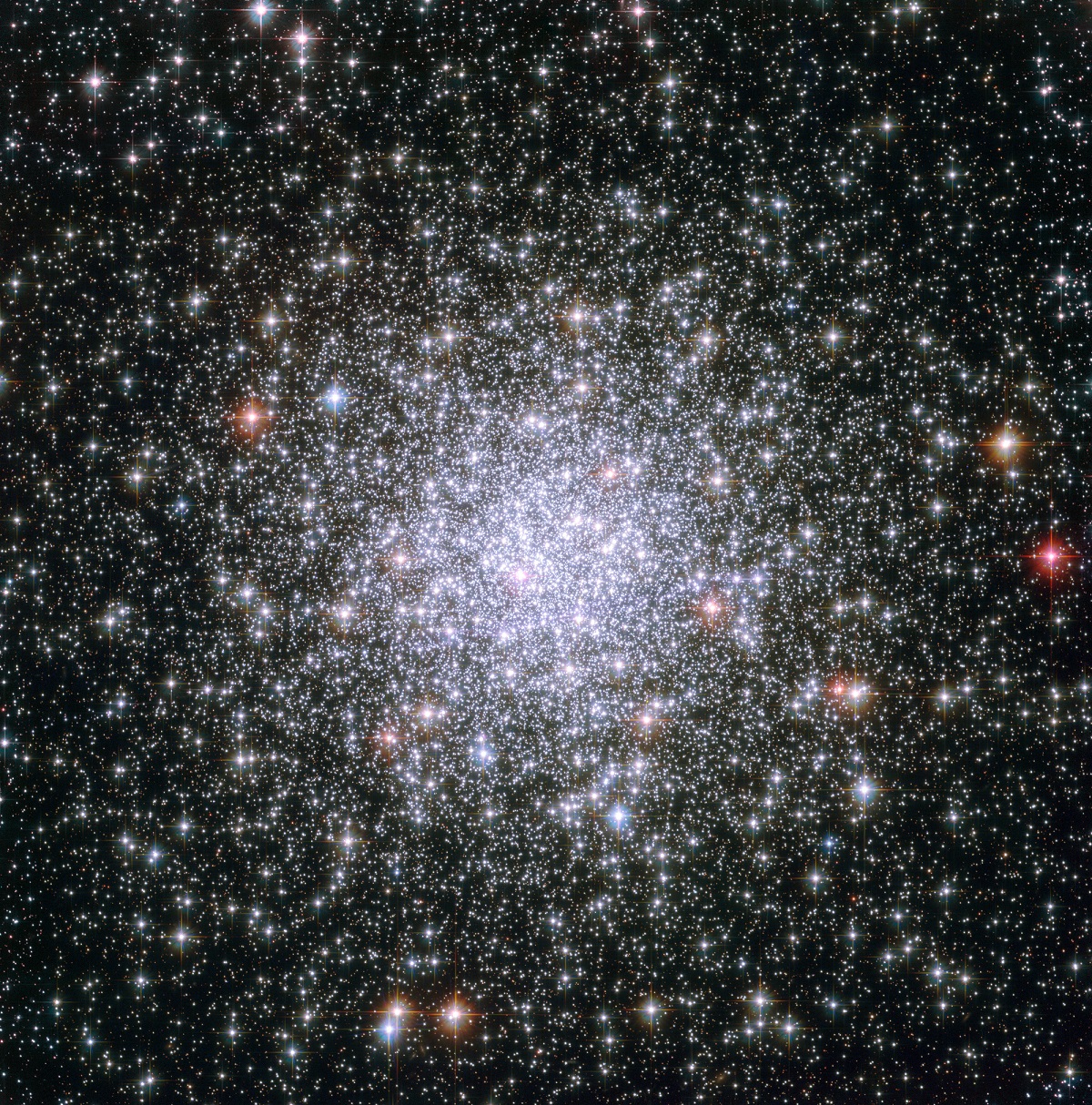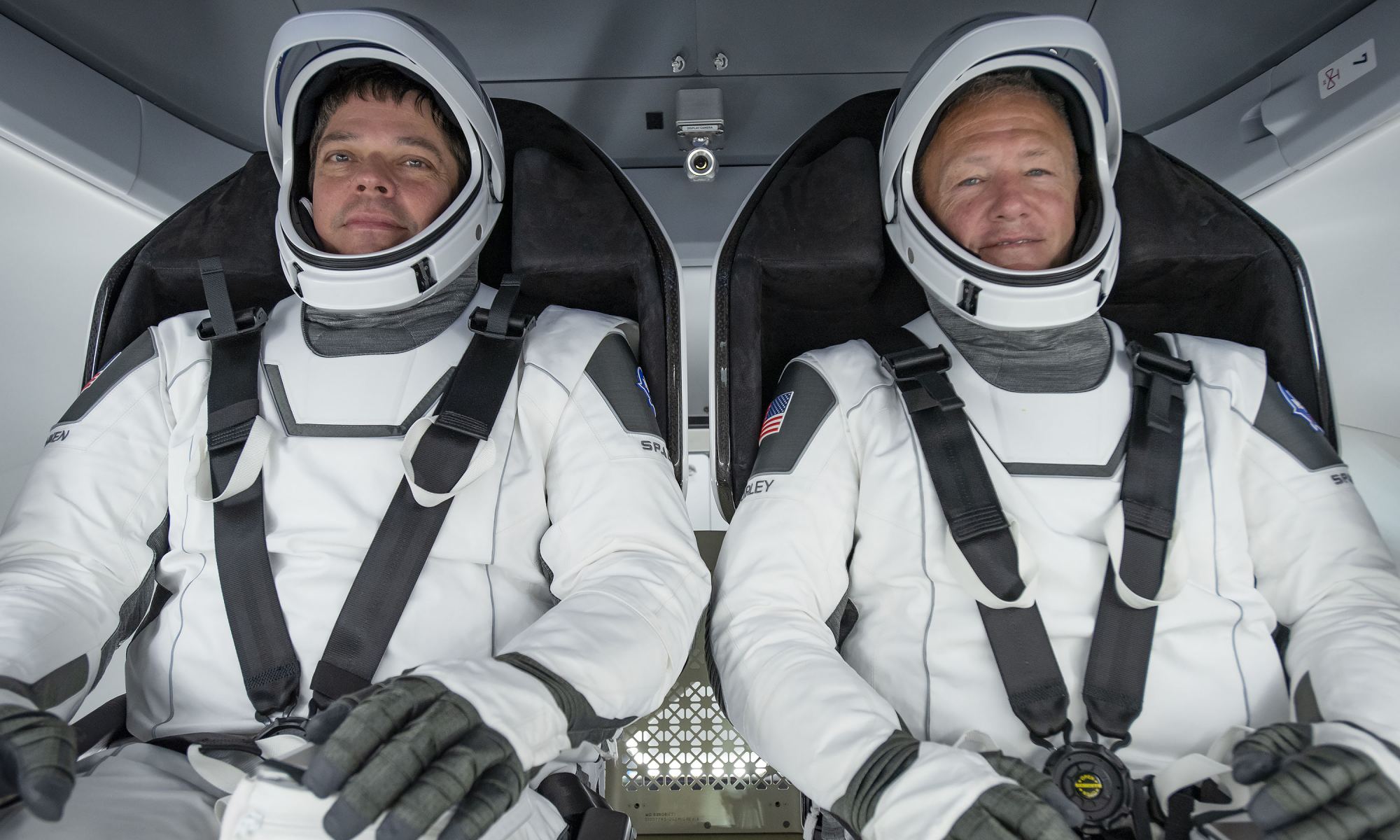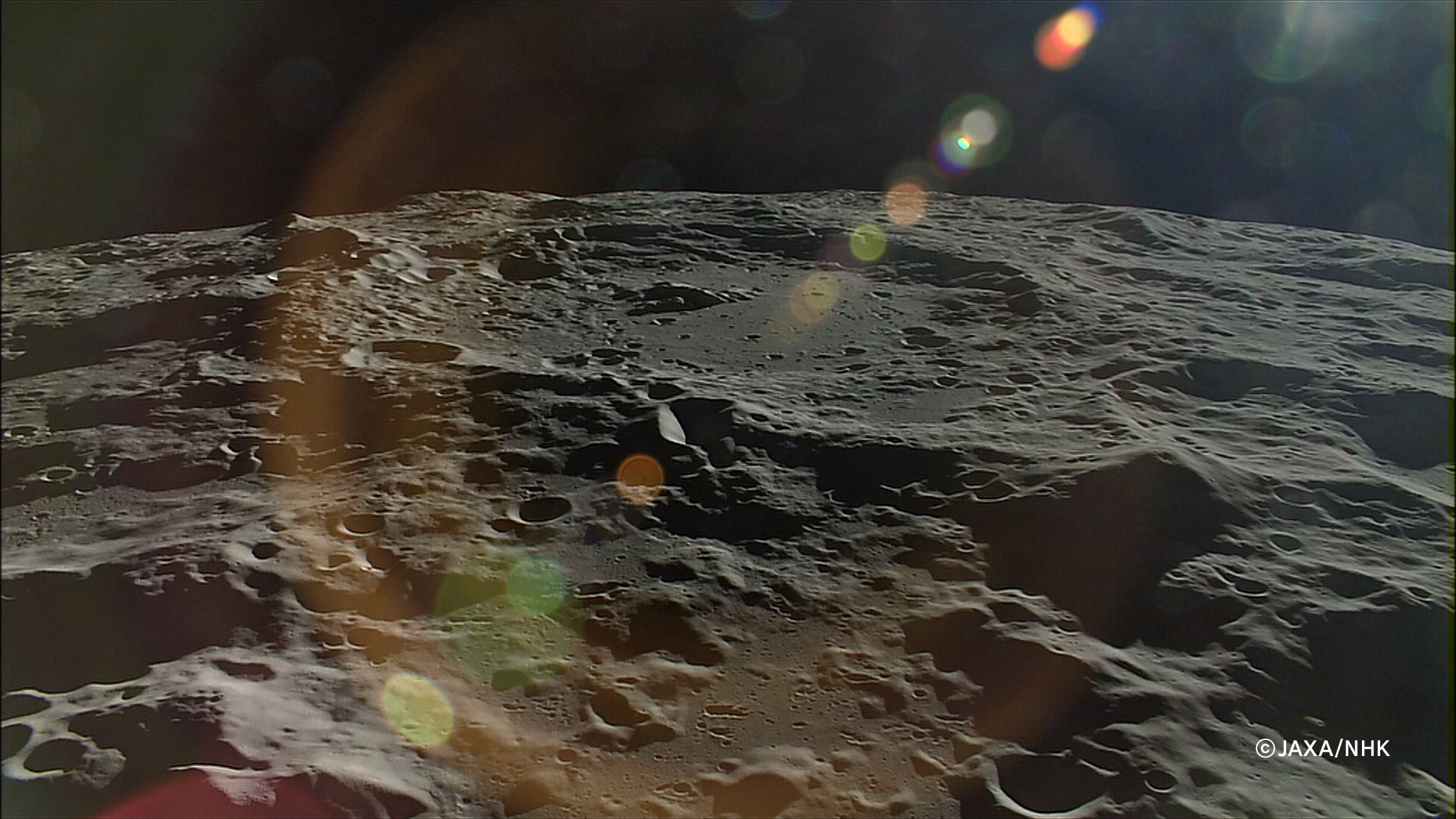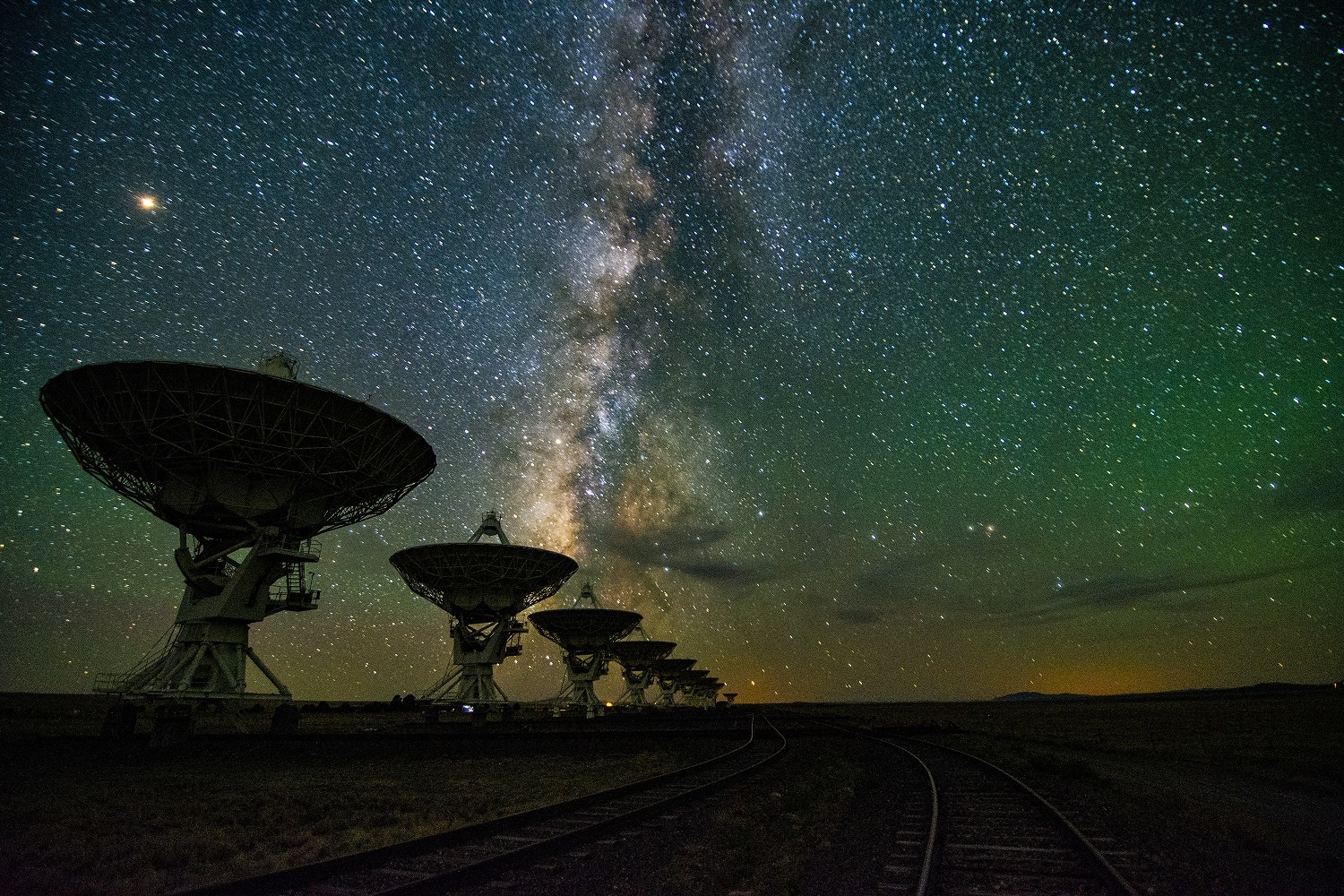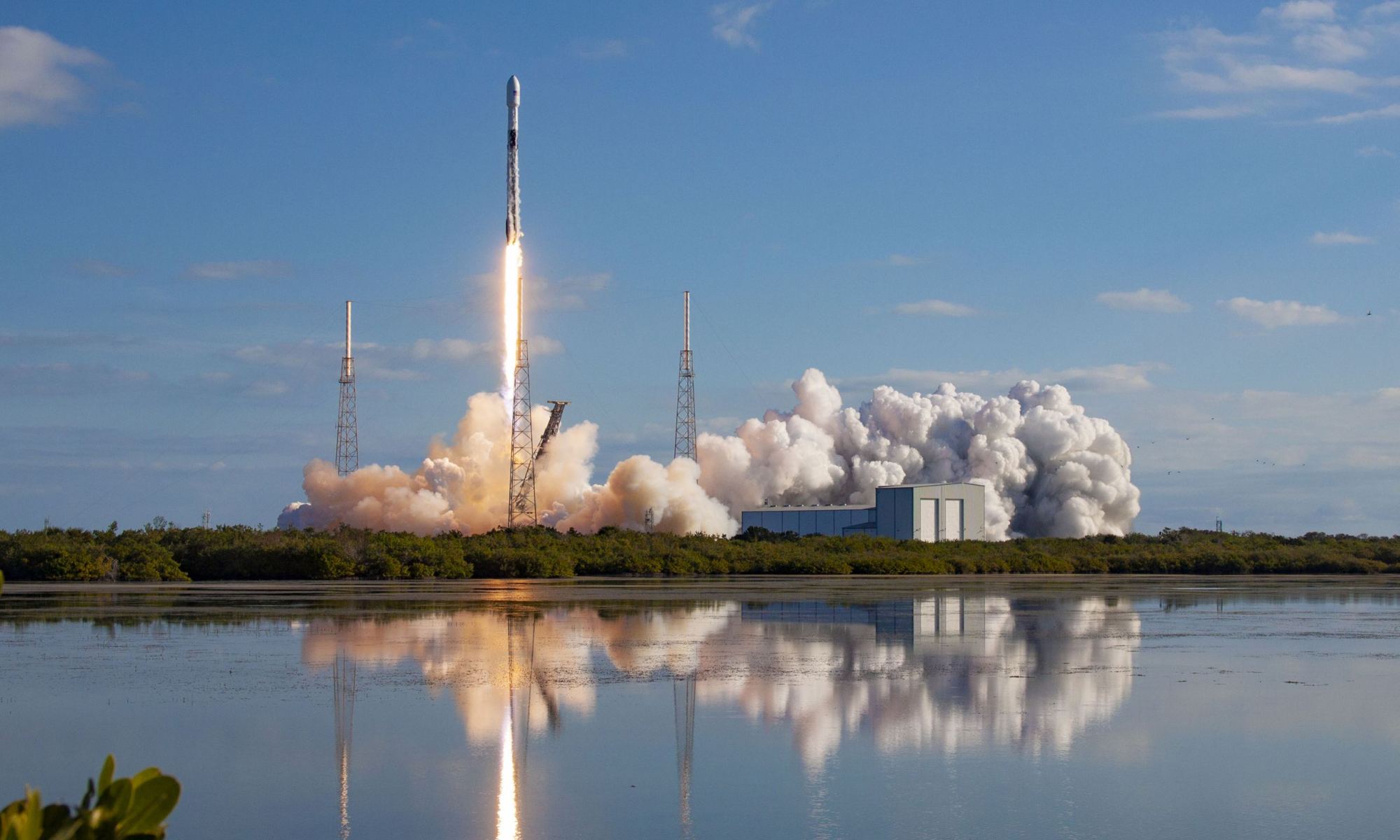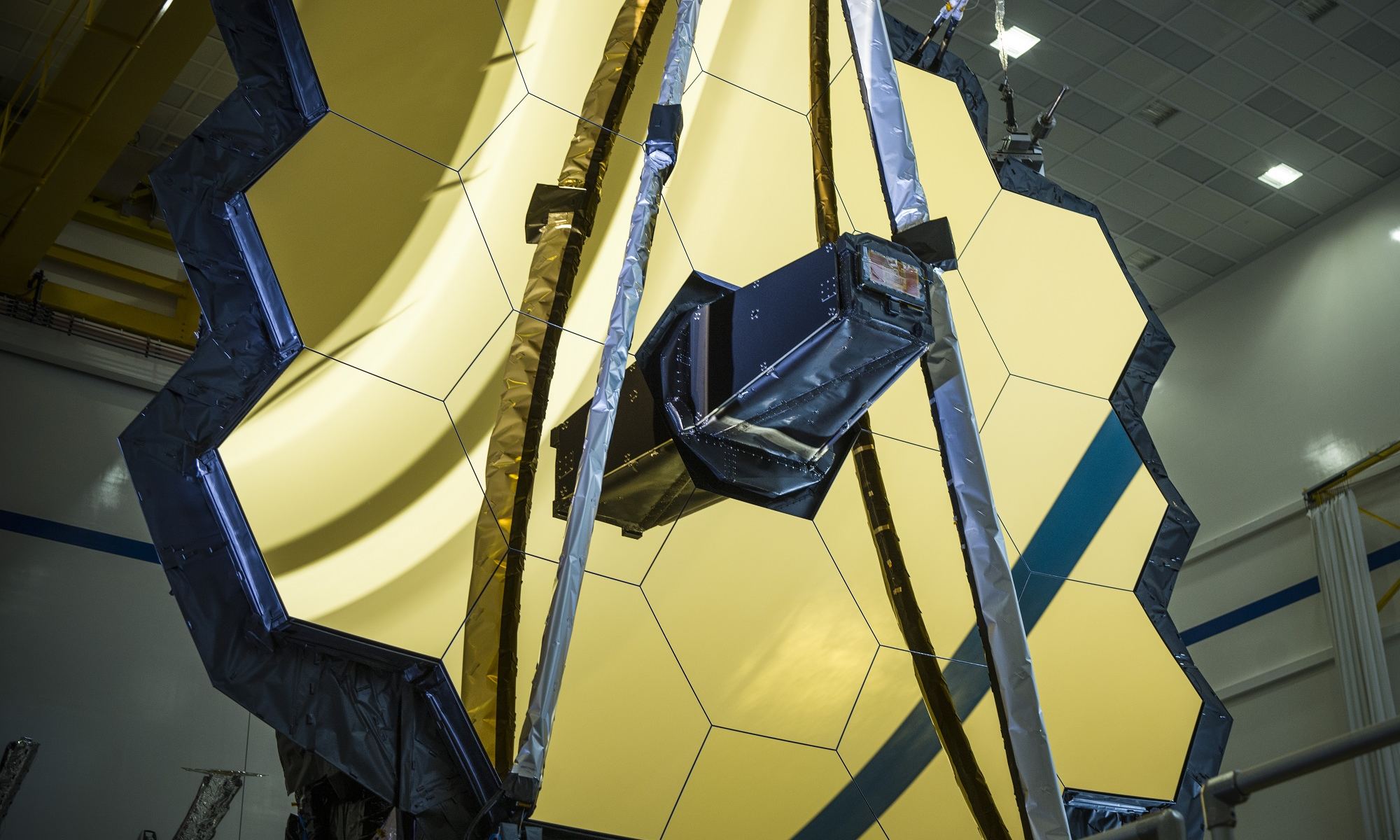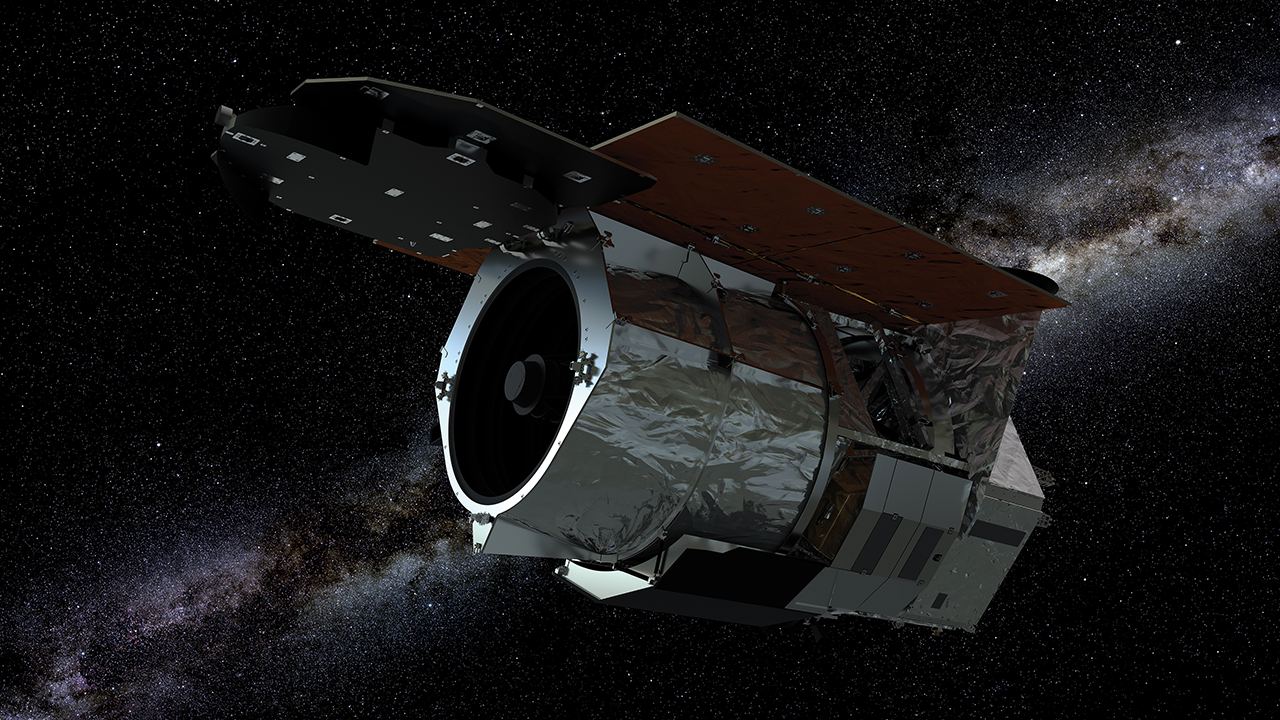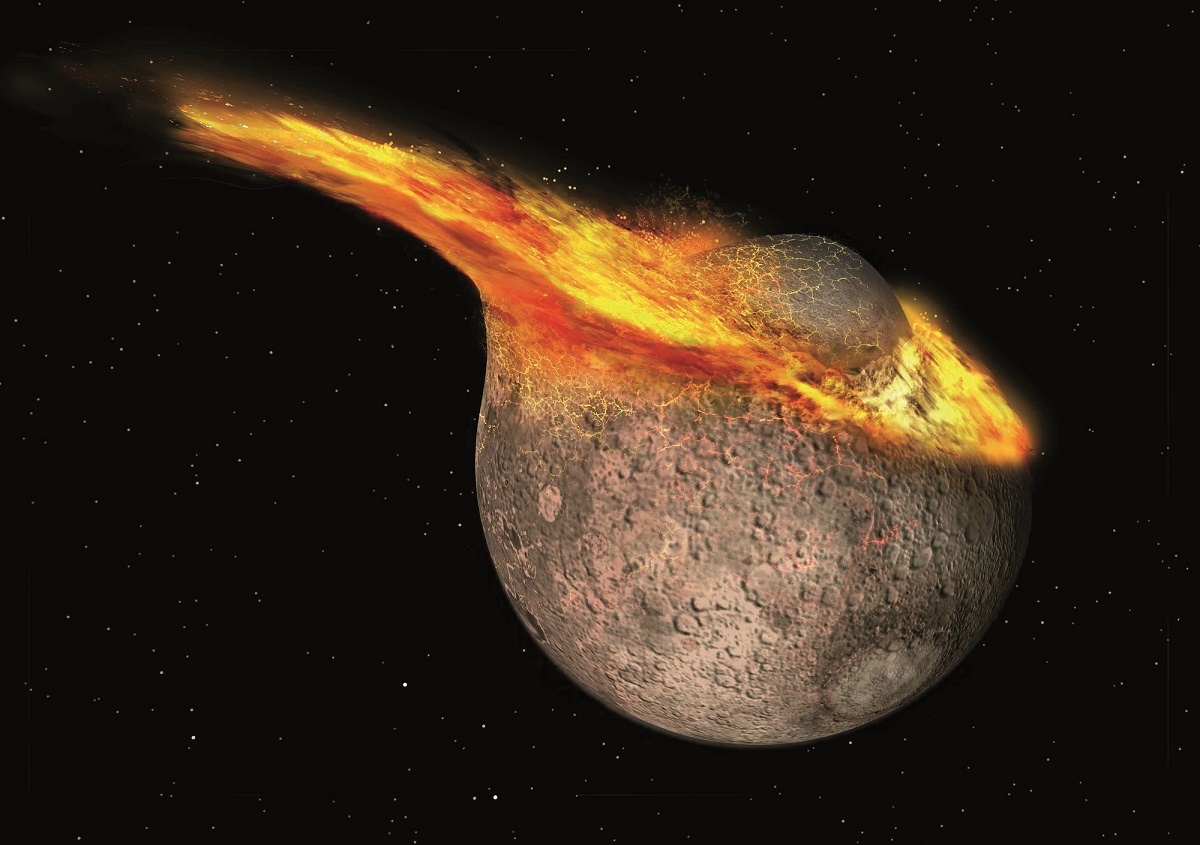Welcome back to our Fermi Paradox series, where we take a look at possible resolutions to Enrico Fermi’s famous question, “Where Is Everybody?” Today, we examine the possibility that planets capable of supporting life are simply too rare.
In 1950, Italian-American physicist Enrico Fermi sat down to lunch with some of his colleagues at the Los Alamos National Laboratory, where he had worked five years prior as part of the Manhattan Project. According to various accounts, the conversation turned to aliens and the recent spate of UFOs. Into this, Fermi issued a statement that would go down in the annals of history: “Where is everybody?“
This became the basis of the Fermi Paradox, which refers to the high probability estimates for the existence of extraterrestrial intelligence (ETI) and the apparent lack of evidence. Seventy years later, we still haven’t answered that question, which has led to many theories as to why the “Great Silence” endures. Today, we address another, which is the possibility that life-bearing planets like Earth are just very rare.
Continue reading “Beyond “Fermi’s Paradox” IV: What is the Rare Earth Hypothesis?”
